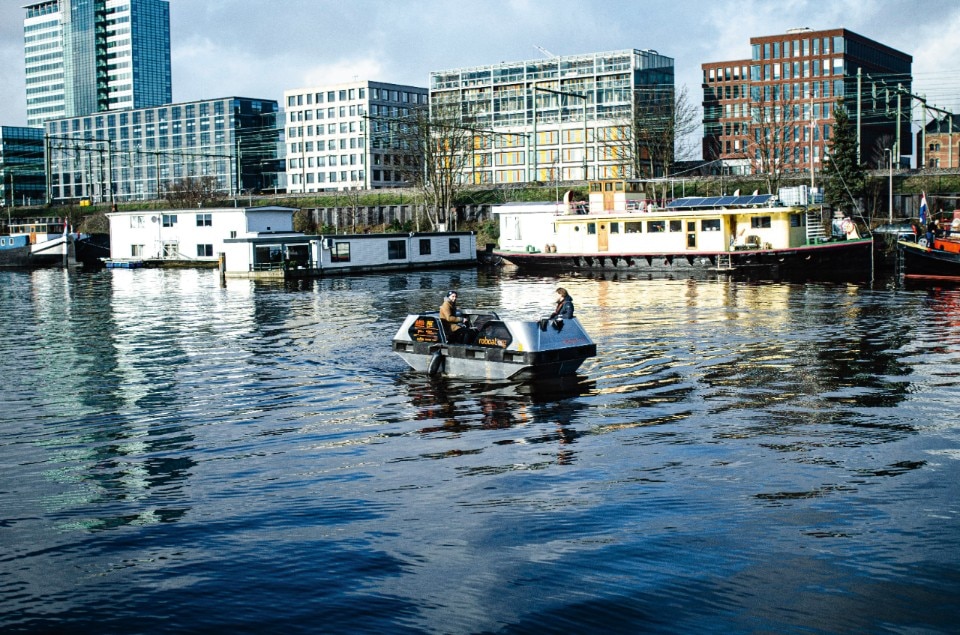As urban centres expand and mobility needs evolve, congestion has become one of the most persistent challenges for cities worldwide. The growing pressure on urban transport systems – exacerbated by population increases, behavioural shifts, and the rise of remote work – demands new approaches that extend beyond traditional methods such as public transit, walking, or cycling. The report Combatting Congestion: How Cities and Companies are Innovating First- and Last-Mile Transport, published by the World Economic Forum, examines how improving the first and last mile of both passenger and freight transport offers a targeted strategy to alleviate congestion, with a strong focus on innovation, adaptability, and collaborative implementation.
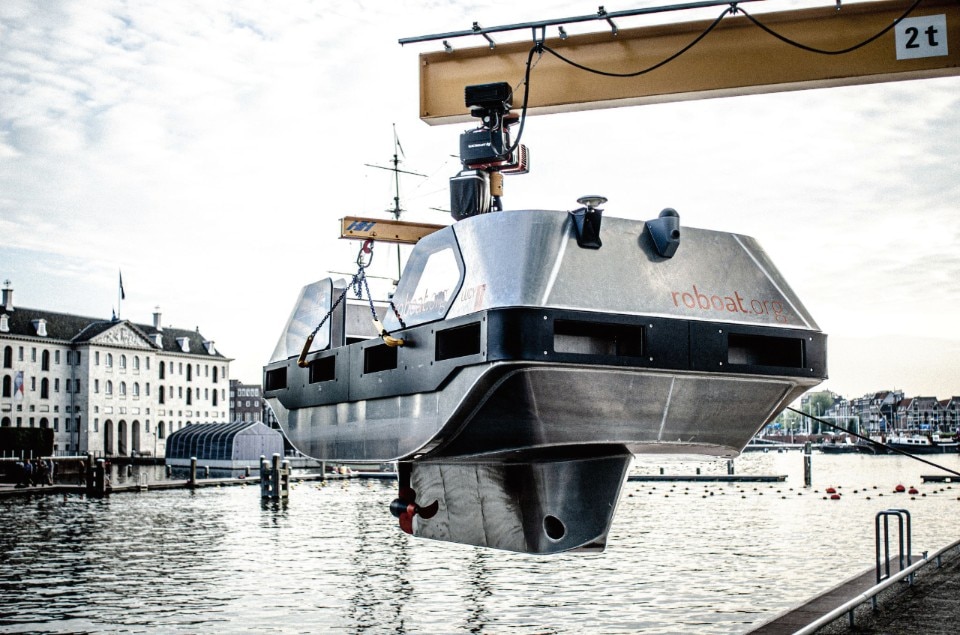
Cities and businesses are exploring a wide array of innovative tools – ranging from micromobility to AI-based traffic management – to improve urban mobility. These solutions aim to increase the efficiency of existing systems while accommodating changing patterns in transport demand. Traditional strategies continue to play a foundational role, but with growing environmental and infrastructural stress, novel and flexible approaches are increasingly necessary.
First- and last-mile transport refers to the initial and final segments of a trip – either by passengers accessing public transit or goods being delivered to consumers. These short stretches, though often overlooked, significantly influence the overall efficiency of transport systems and are frequently responsible for urban bottlenecks. Congestion in these segments is aggravated by the dominance of single-occupancy vehicles and rising demand for e-commerce delivery, placing stress on road capacity, logistics networks and air quality. The environmental stakes are high: cities account for 60–80% of global energy use and over 75% of carbon emissions, with transport contributing roughly a quarter of energy-related emissions. Road-based travel, largely powered by internal combustion engines, is a principal contributor. If left unaddressed, traffic congestion and emissions are projected to increase dramatically. As other sectors decarbonize, transportation risks becoming the leading source of urban emissions. Improving first- and last-mile efficiency is critical to reducing pollution, journey times, and the use of road space.
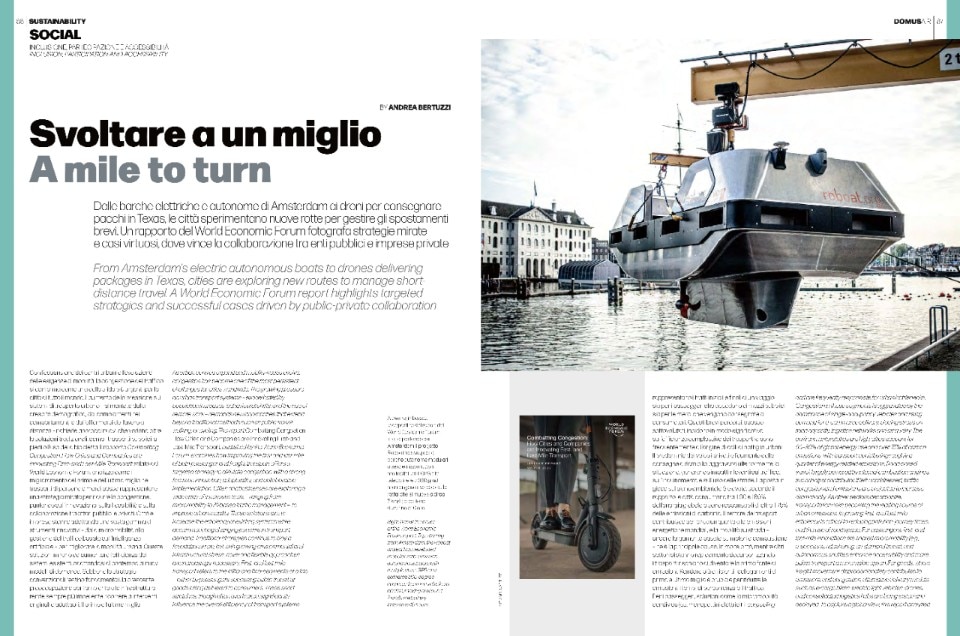
For passengers, first- and last-mile innovations like shared micromobility (e.g., e-scooters), ridesharing, on-demand transit, and autonomous shuttles enhance accessibility and make public transport a more viable option. For goods, where freight movement disproportionately contributes to emissions and congestion, alternative delivery models such as e-cargo bikes, electric light vehicles, drones, and consolidated logistics hubs are being tested and deployed. To capture a global view, this report analyzed over 20 innovative solutions and selected five case studies based on technological novelty, public-private cooperation, geographic diversity, and measurable impact. While each case is unique, some common themes emerge. Collaboration between government and private sector entities is fundamental to design and implement scalable solutions. Effective governance is also crucial to guide deployment, manage risks, and align innovation with broader sustainability goals. Moreover, infrastructure must be adapted to accommodate new transport modes—such as multimodal hubs for goods or dedicated lanes for micromobility.
Traditional strategies continue to play a foundational role, but with growing environmental and infrastructural stress, novel and flexible approaches are increasingly necessary.
The report outlines tailored recommendations for different stakeholder groups. For city authorities, priorities include enabling public-private partnerships, updating regulatory frameworks, supporting sustainable logistics hubs, and leveraging data for transport planning. For industry, the focus is on developing zero-emission and autonomous technologies, improving logistics efficiency, using AI for fleet optimization, and aligning with municipal strategies. For citizens, embracing shared and eco-friendly transport modes, participating in pilot programs, and adhering to mobility regulations can support more efficient and sustainable urban travel.
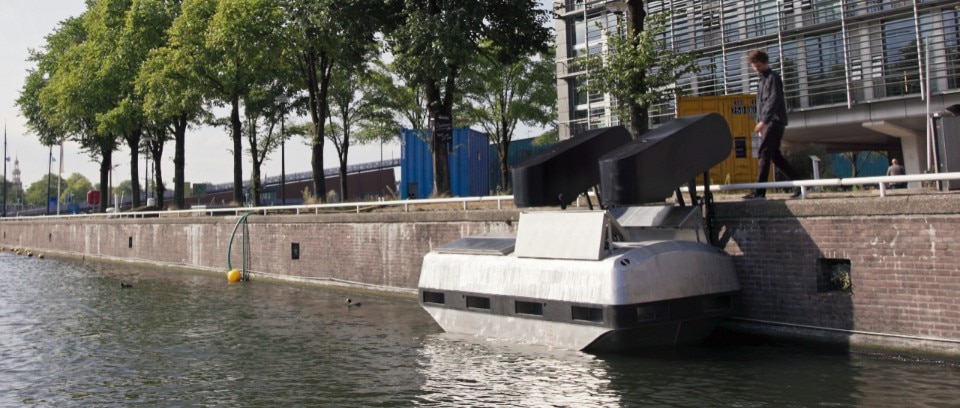
Case history 1 - Amsterdam
The historic canals of Amsterdam face structural challenges due to aging infrastructure and heavy road traffic, especially from delivery trucks. To reduce strain on roads and waterways, the Roboat project developed modular, zero-emission autonomous boats for multiple urban uses: passenger transport, cargo logistics, environmental data collection, flexible infrastructure like temporary bridges, and waste collection. This innovation addresses a shortage of skilled boat operators and aims to shift transport demand from roads to canals.
Complementing this, Amsterdam’s CTPark logistics hub enables emission-free last-mile deliveries using electric vehicles, supported by companies consolidating shipments to cut emissions and costs. Since 2015, Roboat has progressed from prototypes to live tests and commercial deployment, including ferry operations and use in Paris. Autonomous water taxis and integrated urban logistics present scalable, sustainable solutions for cities with waterways, combining technology, collaboration, and eco-conscious design to ease congestion and environmental impact.
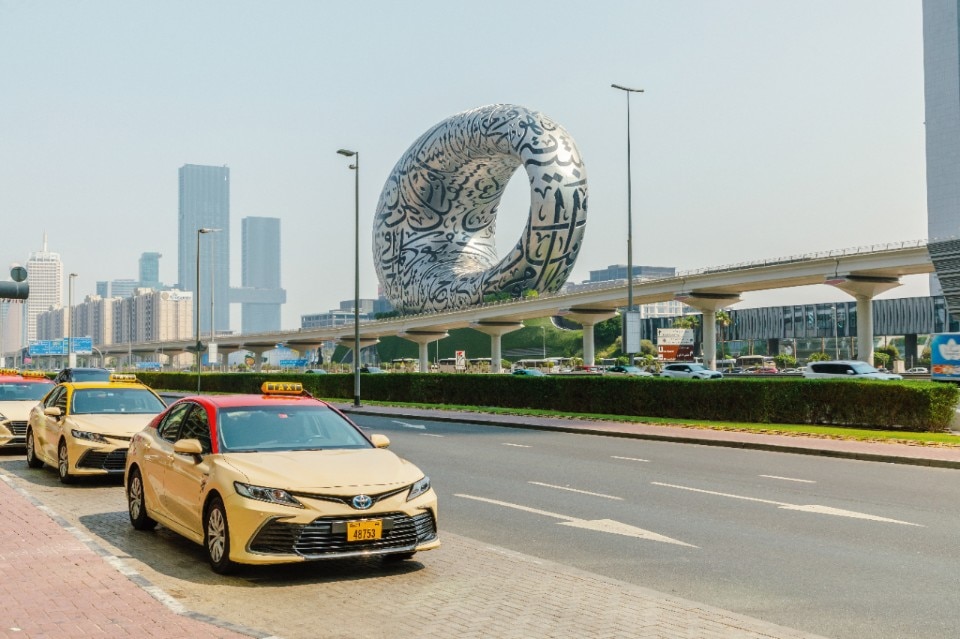
Case history 2 - Dubai
Taxi services are vital for first- and last-mile urban transport but face challenges from uneven passenger demand and unpredictable driver behaviour, leading to longer waits, higher fares, and inefficient vehicle distribution. In Dubai, where private cars still dominate, managing taxis efficiently is crucial to ease congestion. The Dubai Roads and Transport Authority introduced Dynamic Heat Maps using AI technology to monitor real-time demand and taxi locations for over 10,800 vehicles. The maps use green, yellow, and red indicators to guide drivers towards high-demand areas or away from oversupplied zones, improving fleet efficiency.
This system increased booking efficiency by 17%, reduced empty mileage by 40%, and raised bookings by 14%, also cutting emissions. These heat maps aid city planners in targeting congestion and enhance passenger experience by reducing wait times, showing promise for optimising shared mobility in urban centres.
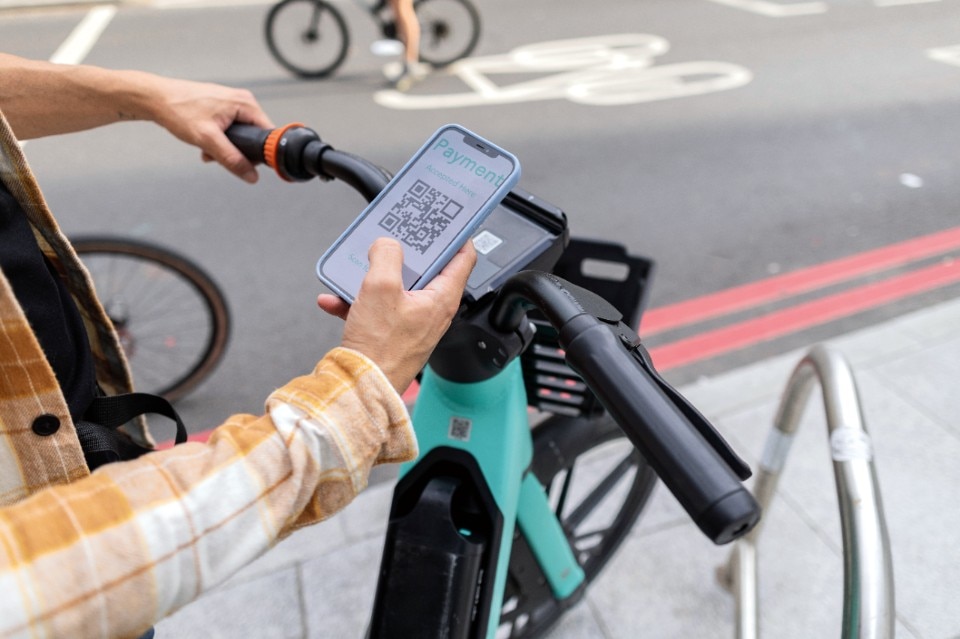
Case history 3 - Stockholm
Stockholm was an early adopter of e-scooters, with multiple providers launching over 20,000 scooters by 2019. Despite their popularity, residents expressed concerns about safety, parking issues, and risks to pedestrians, particularly the elderly. To better regulate e-scooter use, Stockholm introduced Cityscope in 2020, a third-party data-sharing platform developed by Vianova. Through geofencing and API integration, the city set rules for designated parking and riding zones, while operators shared real-time data on scooter locations and movements. This allowed authorities to monitor compliance, analyse trends, and plan infrastructure improvements.
Challenges such as limited GPS accuracy made it difficult to enforce regulations and control speeds. In response, the city introduced stricter permit conditions and new parking regulations in 2021, aligning e-scooter use with bicycle rules. These measures improved overall management, reduced clutter on sidewalks, and preserved public support. The case highlights how data-driven collaboration between cities and mobility providers is essential for integrating micromobility solutions into urban transport systems in a sustainable way.
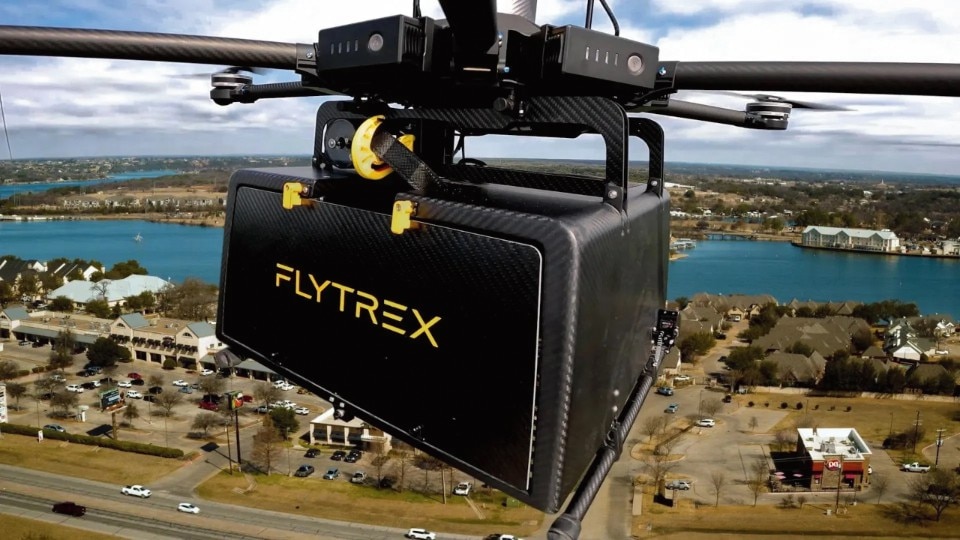
Case history 4 - North Carolina and Texas
Home delivery demand is rising sharply, putting pressure on transport systems as more vehicles contribute to congestion, especially in densely populated urban areas. In the United States, the rapid growth of same-day delivery services is driving the search for efficient last-mile solutions. Flytrex, a drone delivery start-up, has been trialling autonomous aerial deliveries in North Carolina and Texas, using drones equipped with tether systems to deliver food directly to customers’ homes. Since 2021, the service has expanded significantly, with tens of thousands of successful deliveries and a growing customer base, all without serious incidents.
Drone delivery presents a promising opportunity to reduce both road congestion and emissions, while offering fast and reliable service for time-sensitive parcels. However, the widespread implementation of such systems hinges on several factors, including the establishment of clear regulatory frameworks, achieving broad public acceptance, and managing the high initial costs. Successful deployment will require strong collaboration between industry players and government authorities to unlock the full potential of drones in urban logistics.

Case history 5 - Varanasi, India
Varanasi, one of India’s oldest and most culturally significant cities, is grappling with severe traffic congestion caused by its dense population, narrow streets, and a high volume of tourists—over 53 million in 2023 alone. Traditional transport solutions are often unfeasible in such a setting, leading authorities to explore innovative alternatives. The Inland Waterways Authority of India, with backing from the World Bank’s Jal Marg Vikas Project, has introduced multimodal terminals and jetties along the Ganga River. These enable eco-friendly movement of passengers and goods, helping to ease the burden on roads and railways while significantly cutting carbon emissions.
In parallel, a cable car ropeway system, under construction since 2022, is being developed to connect major points in the city, including the railway station and key temples. Once completed, it is expected to facilitate the daily movement of up to 80,000 people across short distances. This initiative, structured as a public-private partnership, is designed to reduce traffic congestion, lower pollution levels, and minimize noise, ultimately enhancing overall connectivity. The project positions Varanasi as a potential model for sustainable urban mobility in other heritage-rich, high-density cities.


